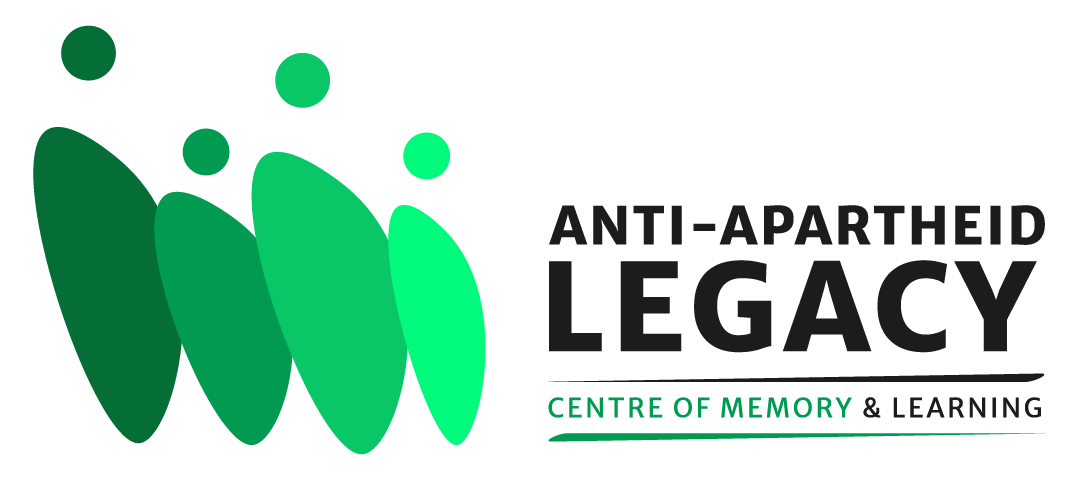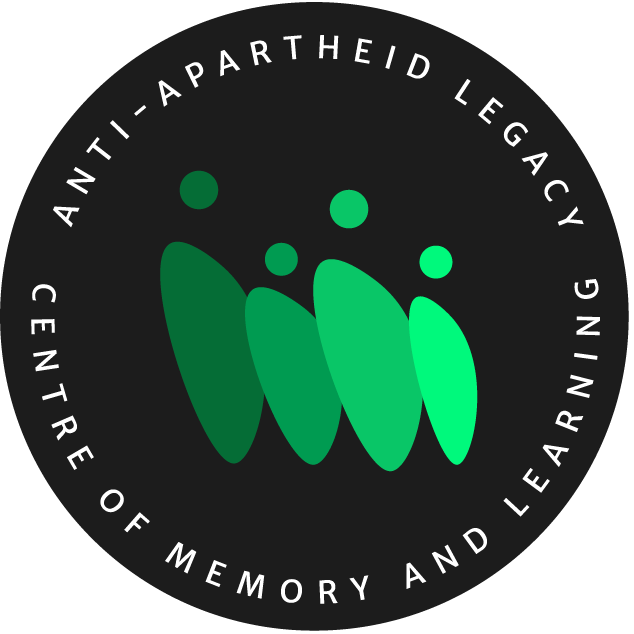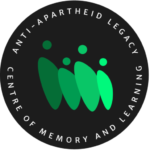Freedom Songs: the role of music in the anti-apartheid struggle: PART B
From the late 1950s, the ANC and their supporters in the international anti-apartheid movement had argued for a cultural boycott of South Africa. The cultural boycott of apartheid South Africa was intended to stop international artists performing in South Africa and deny South African performers an international audience. However, the cultural boycott left Black South African performers like Miriam Makeba and Hugh Masekela, who opposed apartheid, in an ambiguous position.
In the mid-1970s, the ANC decided that the campaign against apartheid would best be served by allowing South African performers who opposed apartheid to reach an international audience. In this context, in 1975 the ANC set up their own cultural group, who performed freedom songs and anti-apartheid poetry, called the Mayibuye Cultural Ensemble. Mayibuye had a shifting membership of amateur performers and was based in London.
The ANC also set up the Amandla Cultural Ensemble in the late 1970s, which was larger, more professional and based in the ANC camps in Southern Africa. Although Mayibuye was primarily a propaganda group that promoted an anti-apartheid message, a secondary function was to connect with and organise a wider layer of South African exiles in the UK and across Europe who were not actively involved in the anti-apartheid movement.
Image: AMANDLA FIRST TOUR LIVE recorded 1980, issued 1983 – Africa Groups of Sweden, produced by Afrogram for the African National Congress (ANC) and published by ANC of South Africa.
James Madhlope Phillips
James Madhlope Phillips was one of the founders of the Mayibuye Cultural Ensemble. He had been an activist in the Garment Workers’ Union in South Africa, one of the most progressive unions of the early apartheid era.
He also had a gift for singing and was able to easily learn and memorize the songs he heard around him. He used these songs to entertain and encourage his comrades and enrich political events he attended. When he was arrested during the ANC’s Defiance Campaign in 1952, he was charged with ‘inciting the people’ and the judge made clear his incitement came through leading collective singing. In 1953, along with other communist union organisers, Phillips was ‘banned’ by the South African government and chose to leave the country.
Having arrived in London in 1954, Phillips’ home offered comfort and welcome to new exiles as they arrived in England (including Oliver and Adelaide Tambo). His home was also an important early meeting place for ANC members in London before a formal office was set up there.
Through his involvement in the Mayibuye ensemble, he dedicated himself to teaching South African freedom songs to choirs around the world. He described these songs as “part of the armoury of our people, they are marching side by side with them, they are a way of life”.
In addition to the performances of the Mayibuye and Amandla cultural ensembles around the world, the ANC found other ways to use freedom songs to rebuild a culture of resistance in South Africa. When the ANC was forced ‘underground’ in the early 1960s, it experimented with clandestine radio broadcasts from secret locations inside South Africa. By the 1970s, the ANC’s Radio Freedom was a much larger operation broadcasting from five African countries.
As well as political speeches and news, Radio Freedom played anti-apartheid music for its listeners in South Africa. Given that the South African government banned music by anti-apartheid musicians like Abdullah Ibrahim and Miriam Makeba, this was one of the few ways ordinary South Africans could listen to their music.
Listening to Radio Freedom came with great risks attached – it was illegal to listen to the station inside South Africa and, if the police caught you, you could be jailed. Radio Freedom also helped people hear and learn the freedom songs that had been written in the ANC’s guerrilla training camps in Angola, Mozambique, and Zambia. And those songs were soon sung by people in the streets and townships of South Africa.
The mass democratic movement sing in the streets
In the early 1980s, a mass opposition movement once again took to the streets of South Africa to protest apartheid, and hundreds of thousands of people got involved with the international anti-apartheid movement. Music and song played a significant role in both these mobilizations. New songs were sung on the streets of South Africa which symbolised the new militancy. While songs like ‘Free Nelson Mandela’ by the Specials AKA helped inspire young people around the world to get involved in anti-apartheid campaigning.
If some of the songs from the 1960s were mournful laments about the violence of apartheid, and songs from the 1970s sought to encourage a new sense of ‘black consciousness’, in the 1980s many of the most popular freedom songs captured a sense that the Black majority in South Africa were engaged in a ‘people’s war’ against apartheid. Songs celebrated the growing confidence of the movement and the growing ability of Umkhonto we Siswe (MK) to bring the armed struggle to the streets of South Africa. Militant songs developed in the context of training MK guerrillas in the Frontline States of Southern Africa were taken up and sung on streets of South Africa’s Black townships. One such song was E Rile (“13 E Rile” from The Spear of the Nation by Mayibuye. Released: 1978)
Its lyrics promise that “we shall shoot them with rocket launchers; they shall flee; shoot them with rocket launchers!” Militant songs like this were often sung while people toyi-toyi’d. The toyi-toyi was a rhythmic combination of dance, marching, chanting and song that was introduced to the streets of South Africa from the Zimbabwean liberation struggle (via the MK camps in the frontline states). During the mass uprisings of the 1980s, large crowds of (mostly) young militants toyi-toying on the streets of South Africa became iconic of the mass democratic opposition to apartheid. Music became militarised in this period.
While many of the songs discussed in this article were sung in isiXhosa or isiZulu, there was one popular freedom song from the 1980s that had English lyrics. Rohilahla Mandela was a simple call and response song. Rohilahla was Nelson Mandela’s birth name.
In isiXhosa it means ‘pulling the branch from a tree’ but is more commonly taken to mean ‘troublemaker’. This song implies a dedication to following Mandela as a leader of the anti-apartheid struggle and a commitment to being a ‘troublemaker’ against the apartheid regime. The lyrics include the following:
Rolihlahla Mandela, freedom is in your hand, show us the way to freedom in our land of Africa! Mandela says, ‘Freedom Now!’ And we say away with slavery in our land of Africa!
The use of songs in the anti-apartheid struggle built on the social role that song, and particularly collective singing, had in Black South African culture. Christian hymns and songs about working life were reworked and repurposed to encourage resistance to apartheid. Songs written by professional musicians also got taken up and adapted by anti-apartheid protesters. These ‘freedom songs’ recorded and responded to key events in the struggle.
They are a valuable archive through which to understand and interpret the history of opposition to apartheid. Different periods of the struggle produced distinct types of songs, which reflected the mood of the movement and its supporters. At times, songs might be sad and poignant, reflecting the violence and repression of the apartheid regime.
At other times, the songs were more militant and reflected the growing confidence of the movement. Singing songs together gave people a sense of power against the odds. When the ANC began to recognise the importance of building ‘cultures of resistance’ as part of their wider strategy, these songs began to be taught to people across the world and became a tool for building international solidarity against apartheid. Sometimes, for British anti-apartheid activists, learning to sing together on public protests changed their sense of how to do politics and what protests could be like. How can you incorporate collective singing into campaigning about the causes you are passionate about?
Artists Against Apartheid
Some of the musicians who supported the Artists Against Apartheid campaign included Hugh Masekela, Maxi Priest, Madness, Big Audio Dynamite and Jerry Dammers, pictured here with Anti-Apartheid Movement (AAM) President Trevor Huddleston. Image copyright : Ifeoma Onyefulu. Courtesy: Anti-Apartheid Movement Archives (pic.8610) .


